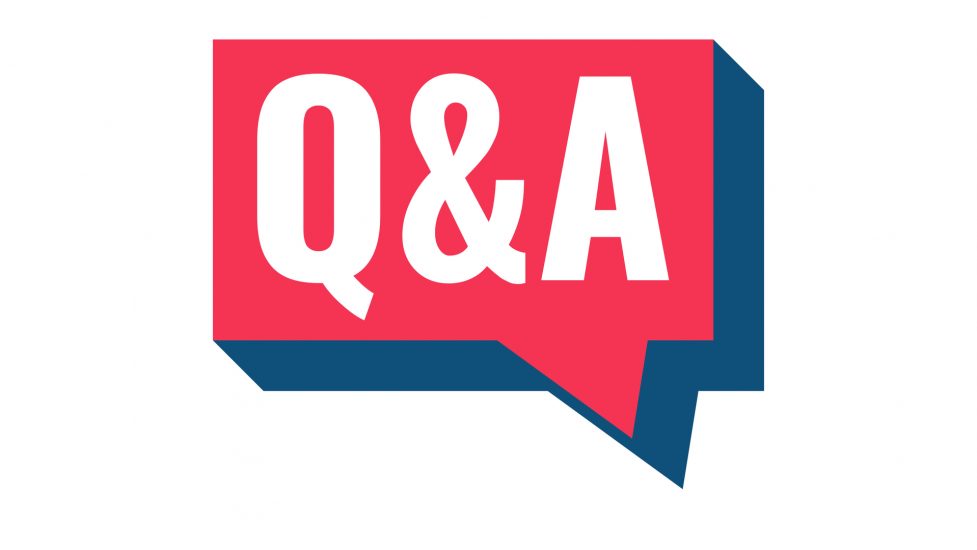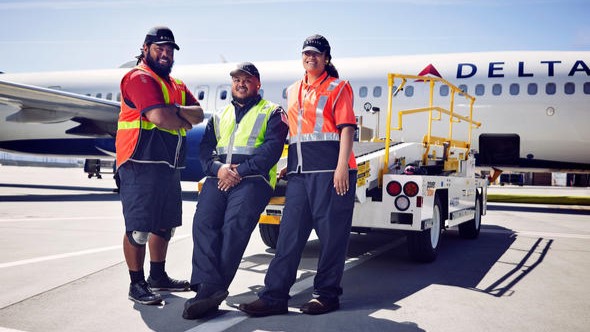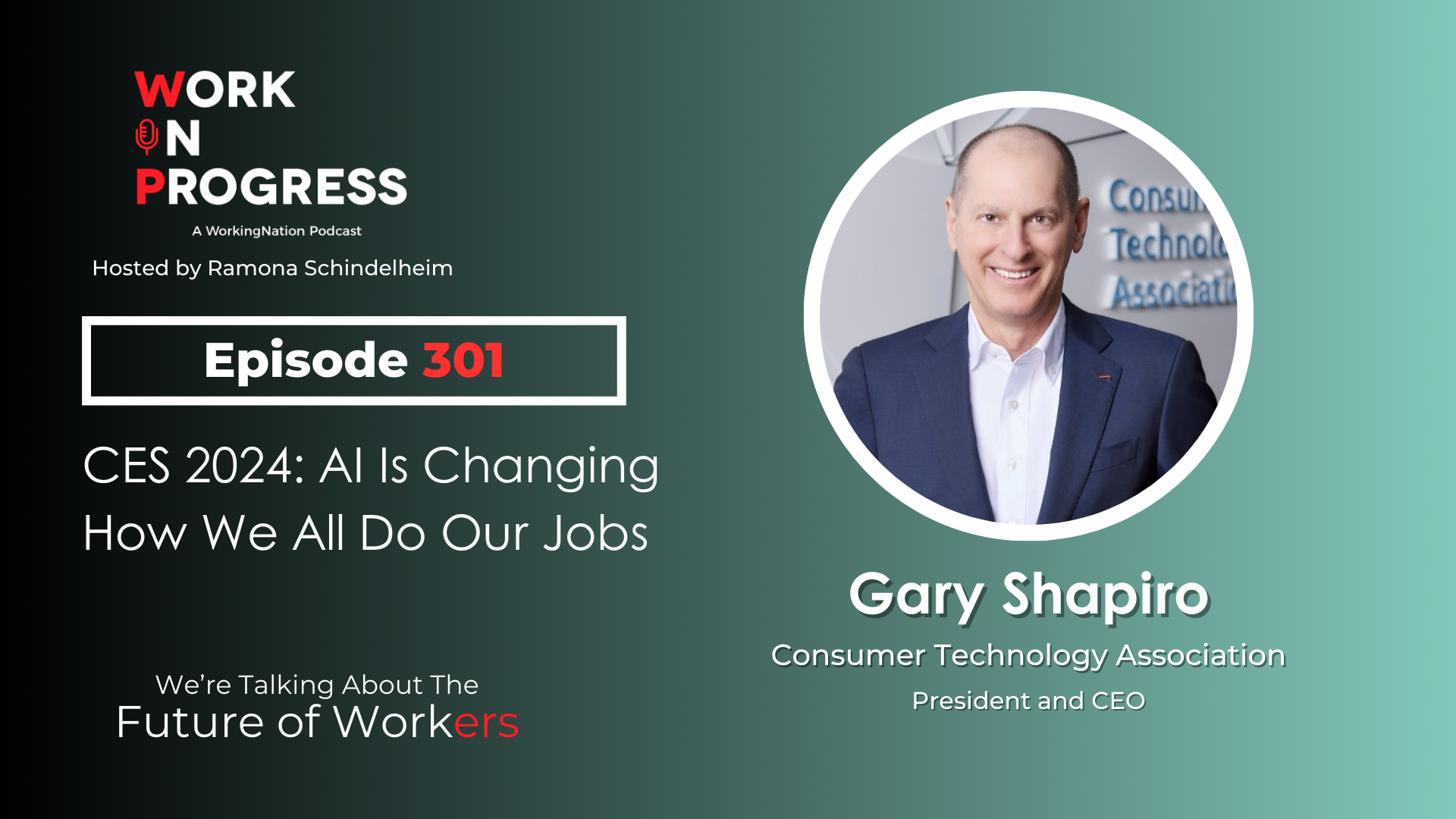COVID-19 has taken a disastrous toll on the workforce. More than 20.5 million jobs were lost or furloughed in April, bringing the total number of unemployed Americans to 23.1 million, according to the Bureau of Labor Statistics. The jobless rate rocketed to 14.7 percent, a rate not seen since the Great Depression.
The headline numbers don’t tell the full story.
Eleven million people kept their jobs, but had their hours cut. Millions more are out of work, but have given up looking for work and are not counted in the survey. And since the government tallied the numbers in mid-April, millions more have filed for first-time unemployment benefits.
People are scrambling to figure out next steps. Our president Jane Oates has worked in labor and education departments on the state and federal levels. She joined Michel Martin of NPR’s The National Conversation to address some workers’ questions about pathways to good jobs, now and in the future.
Upskill Now

Oates says now is the time to learn new skills. “Take advantage of every low-cost or free, high-quality instructional tool that’s on the Internet. There are a lot of them, especially in areas like data analytics, program management, and customer service. There are some terrific free courses available.”
She advises those who have been able to retain their jobs to also upskill now. “I think if you’re lucky enough to still be employed, the first rule is to take advantage of every free opportunity your employer gives you to upskill yourself, to keep yourself more relevant in your current job, but also to give you skills to move along a career pathway with your current employer.”
This is particularly true for older workers, according to Oates. “People who have really played by the rules their whole lives are now caught up in this. But they shouldn’t despair. Really hone up your digital skills. Really make sure that you present yourself as a 64-year-old digitally-proficient worker.”
“More and more employers are seeing the value of older workers. They know you know how to operate, you know how to work in a team. You know how to get there on time. You have all those soft skills.”
Consider Your Transferable Skills
Oates advises everyone to consider their transferable skills. One California listener with a science background was just about to become a guide in the Amazon, when the pandemic hit. Oates says he is poised to pivot into an in-demand job. “You have a biology background that gives you a lot of options. I mean, one that comes to mind immediately are the jobs that are going to be open for contact tracers. All of these jobs are going to require some knowledge of biology terminology.”
Soft skills could also be useful in conducting contact tracing. “They’re going to require all the skills that you have as a guide. You’re alert, you have good customer service skills, and you’re enthusiastic. There are supposedly going to be close to 300,000 of them across the country. You’re based in San Diego County and there’s going to be a ton of them in California.”
Value Real-World Work Experience
Oates advises that going to graduate school now might be better as a back burner plan. “It’s all about not putting yourself in more debt. We all have heard so many gruesome stories about kids who incur debt as an undergraduate and then later as a graduate.
She adds that you shouldn’t underestimate the value of real-world experience. “I really think it’s worth getting your feet wet. Working for a while and really figuring out what you want to get that advanced degree in. What’s the field you really want to study? I think the undergraduate experience gives you a wonderful broad array, but when you go to graduate school, they really hone in on specifics and you should be ready for that. I don’t think anything prepares you for that like being in a workplace.”
Adjusting to a New Way of Working
Oates ends with a nod to what has become the new normal for some employees—working from home. “I think there’s going to be a lot more remote work. There’s been lots of people who have put numbers out there. Some estimate the number of workers—performing some of their job remotely— could go up to 50 percent. I think remote work is here to stay and technology is here to stay. Zoom meetings are not going anywhere.”











